Airflow is the key to making your heat pump work properly. After all, it’s airflow that makes the entire system work in the first place. Lack of airflow means that there is a lack of heating or cooling. Also, if the outdoor unit does not have enough airflow, you may even risk damaging some of its components.
When it comes to considering airflow, place the outdoor unit of the heat pump in an area where air can travel unimpeded. Ensure that there are few to no solid obstructions around the heat pump for as much airflow as possible.
Sunlight and Moisture
While outdoor heat pump units are typically made to last, there are several factors that contribute to their longevity. For example, sunlight has a way of slowly chipping away at just about anything you indefinitely leave outside. While the shielding around outdoor heat pump units is made to withstand even the most powerful of the sun’s rays, this does not mean they are completely invulnerable.
So, a good placement for outdoor heat pump units is somewhere with shade, preferably the exterior wall that can protect the pump from direct sunlight. Placing a heat pump directly next to your home, however, presents a different kind of risk — runoff water. The gutters that line your roof transport rainwater safely to the ground. It’s important to consider their layout when choosing a heat pump placement as you don’t want to have it in a place where water can flow to it directly. Again, heat pump shielding is made to last, but a rain cap can go a long way in making it last longer. So to avoid more complicated heat pump maintenance, give it proper protection from the elements.
Indoor Heat Pump Unit
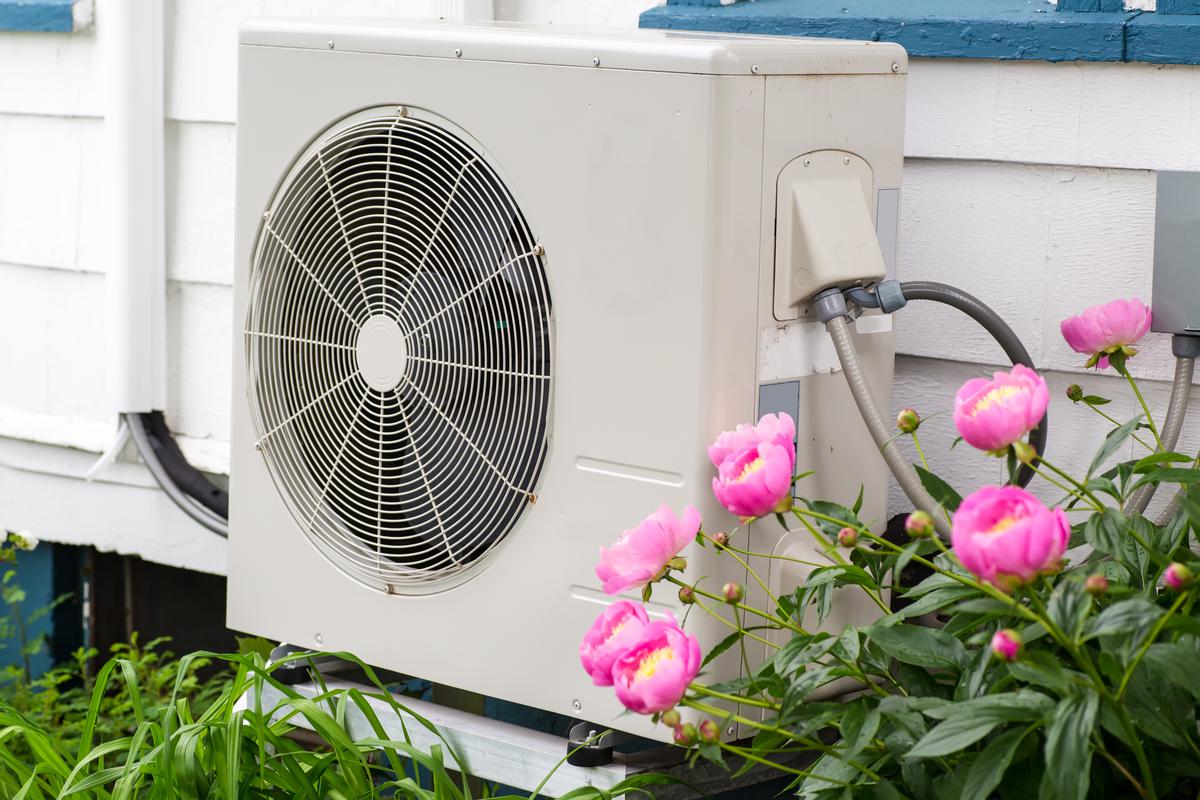
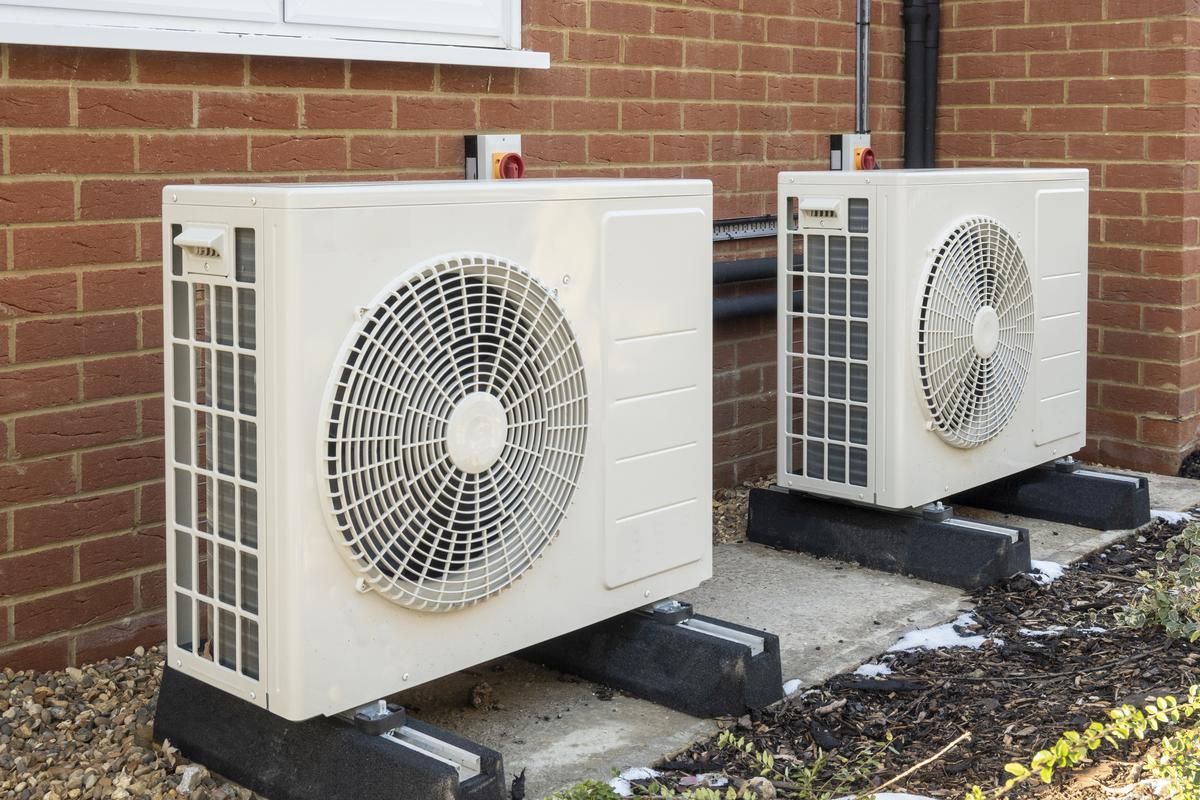
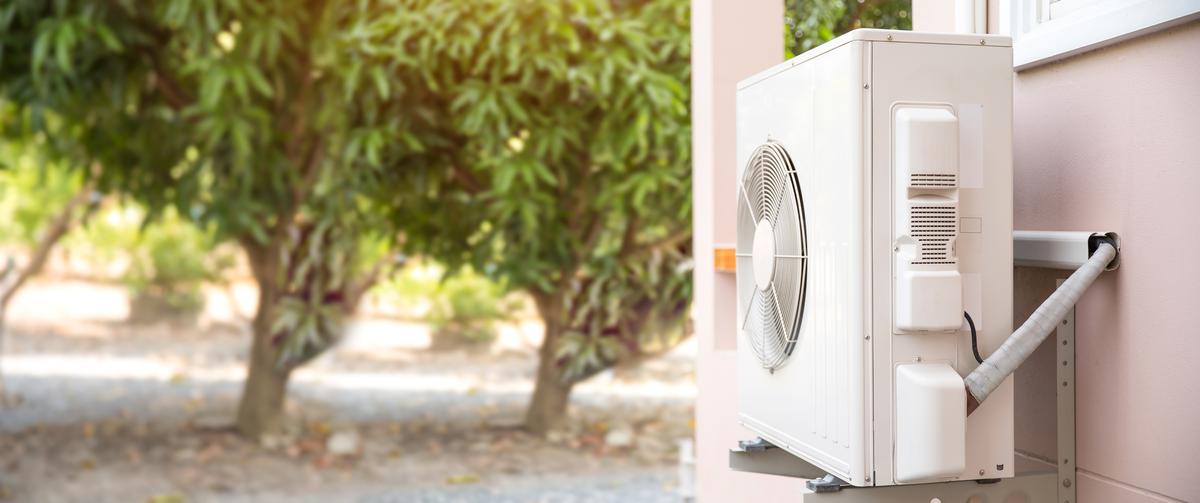

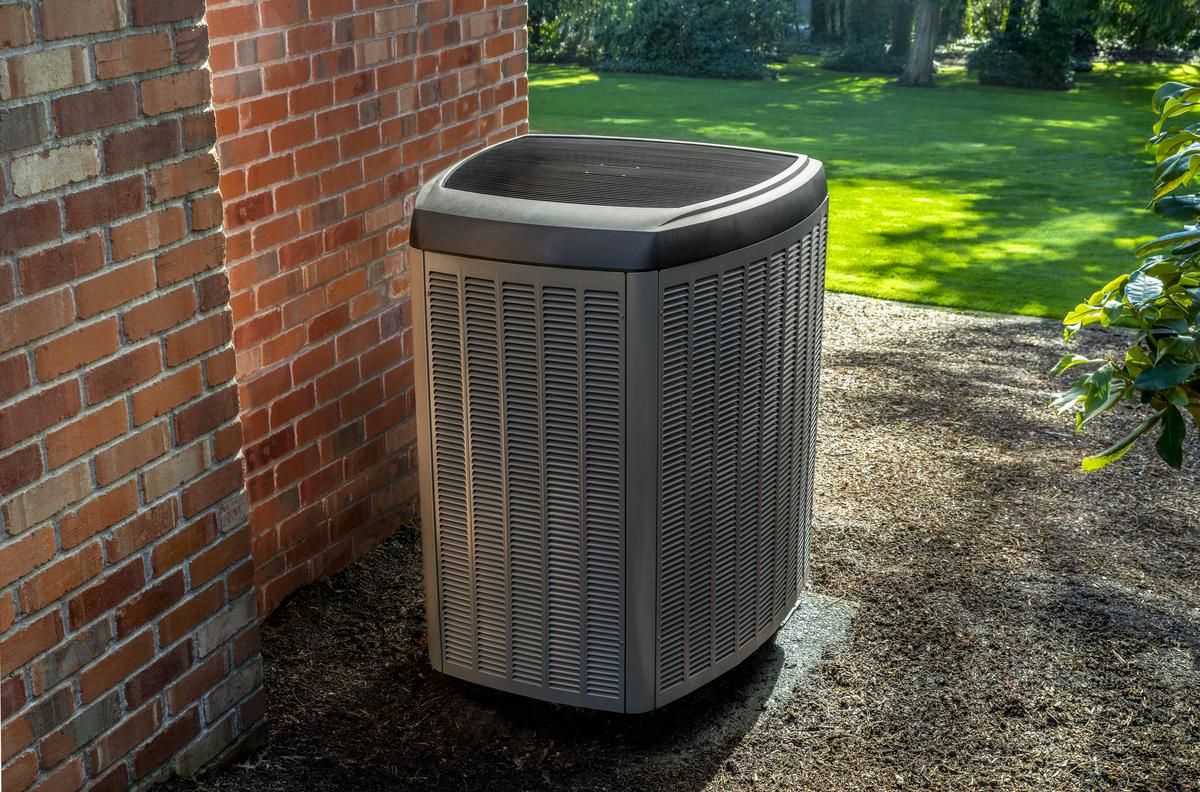
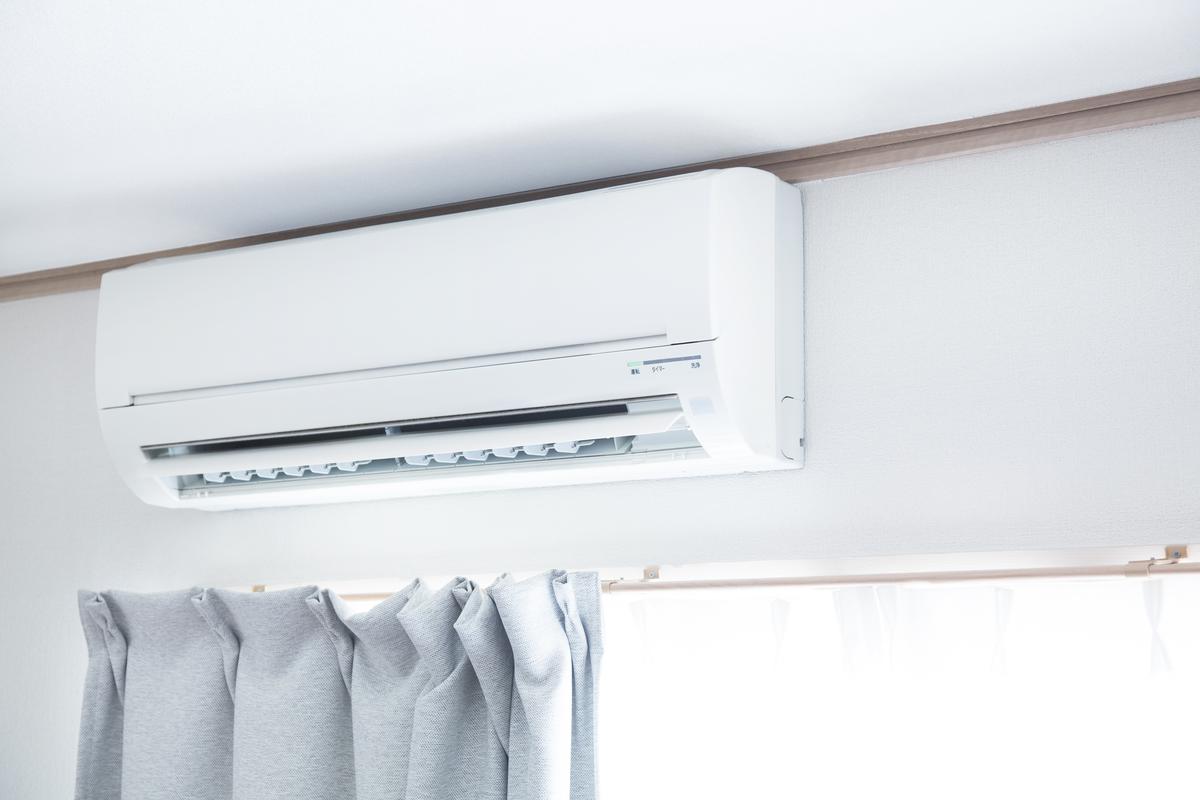
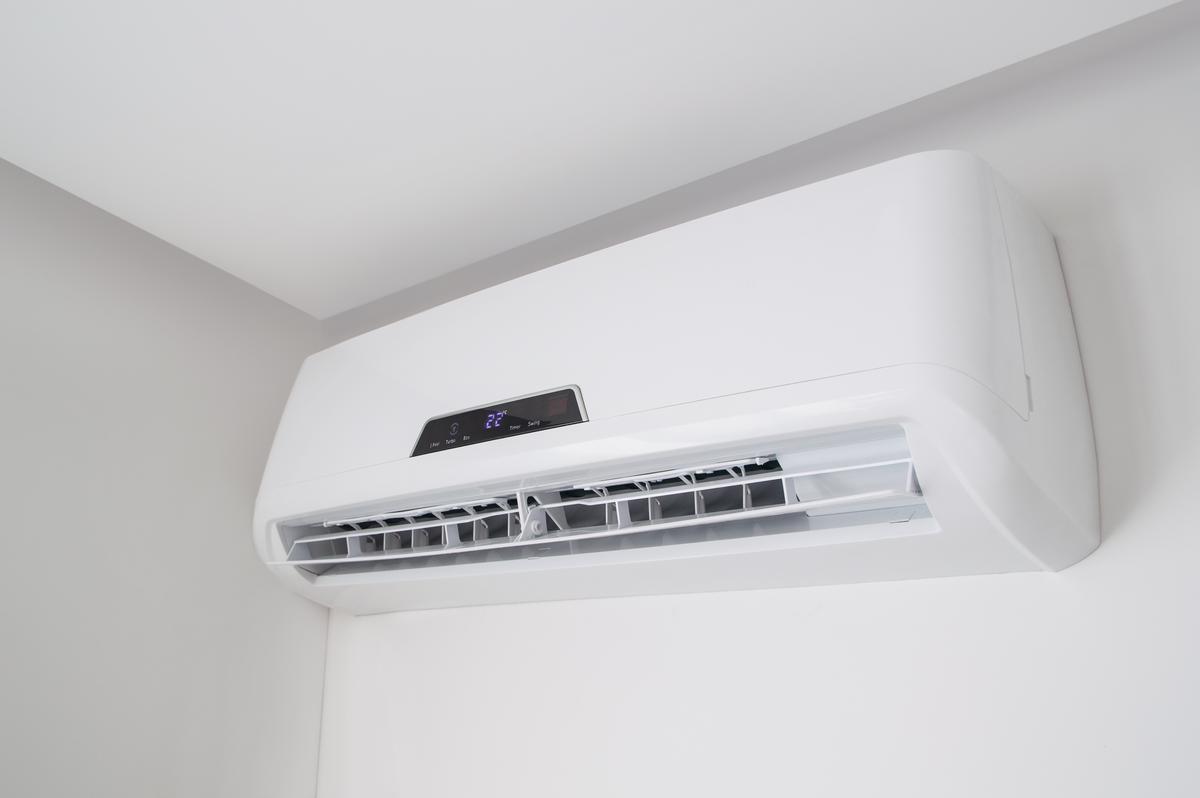

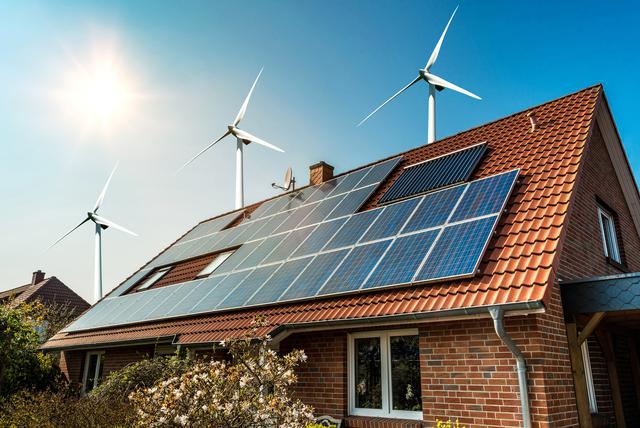
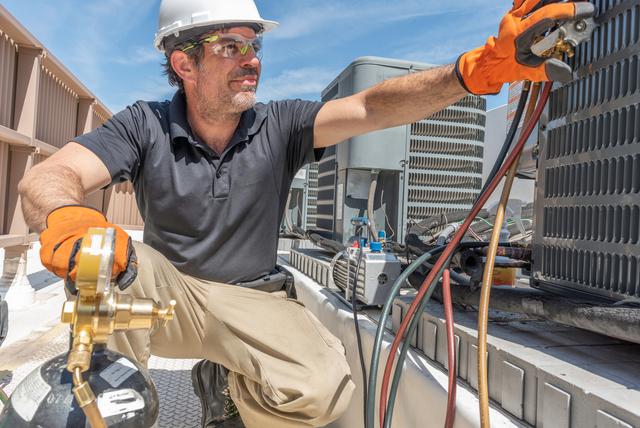
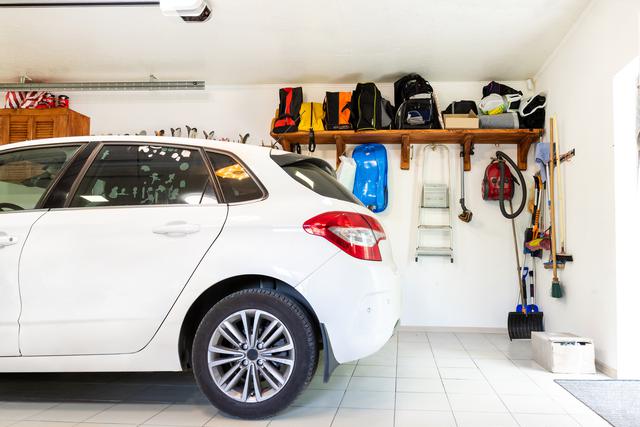
comments